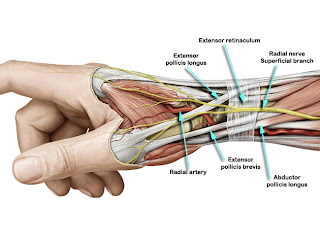Degenerative lumbosacral spondylolisthesis: possible factors which predispose the fifth lumbar vertebra to slip.
Hosoe H et al (2008) analysed a number of radiological measurements in an attempt to clarify the predisposing factors for degenerative spondylolisthesis of the lumbosacral junction.
They identified 57 patients with a slip and a control group of 293 patients without any radiological abnormality apart from age-related changes.
The relative thickness of the L5 transverse process, the sacral table angle and the height of the iliac crest were measured and evaluated.
They found that:
1. The transverse process of L5 was extremely slender +
2. the sacral table more inclined +
3. And the L5 vertebra was less deeply placed in the pelvis in patients with a slip compared with the control group.
They concluded that the L5 vertebra is predisposed to slip when these above mentioned factors act together on a rigidly-stabilised sacrum. This occurs more commonly in women, probably as a result of constitutional differences in the development of the male and female spine.


Comments
Post a Comment